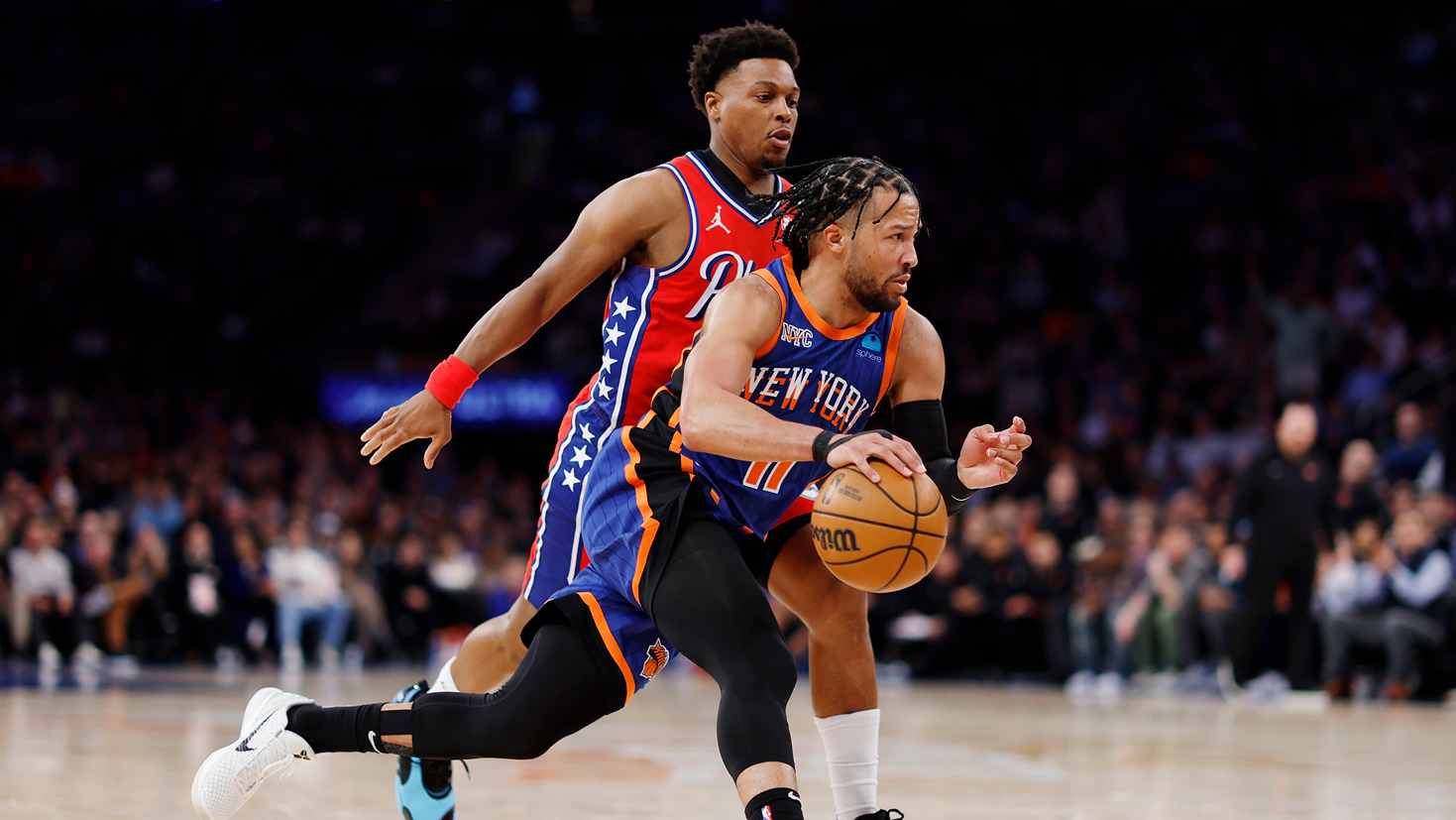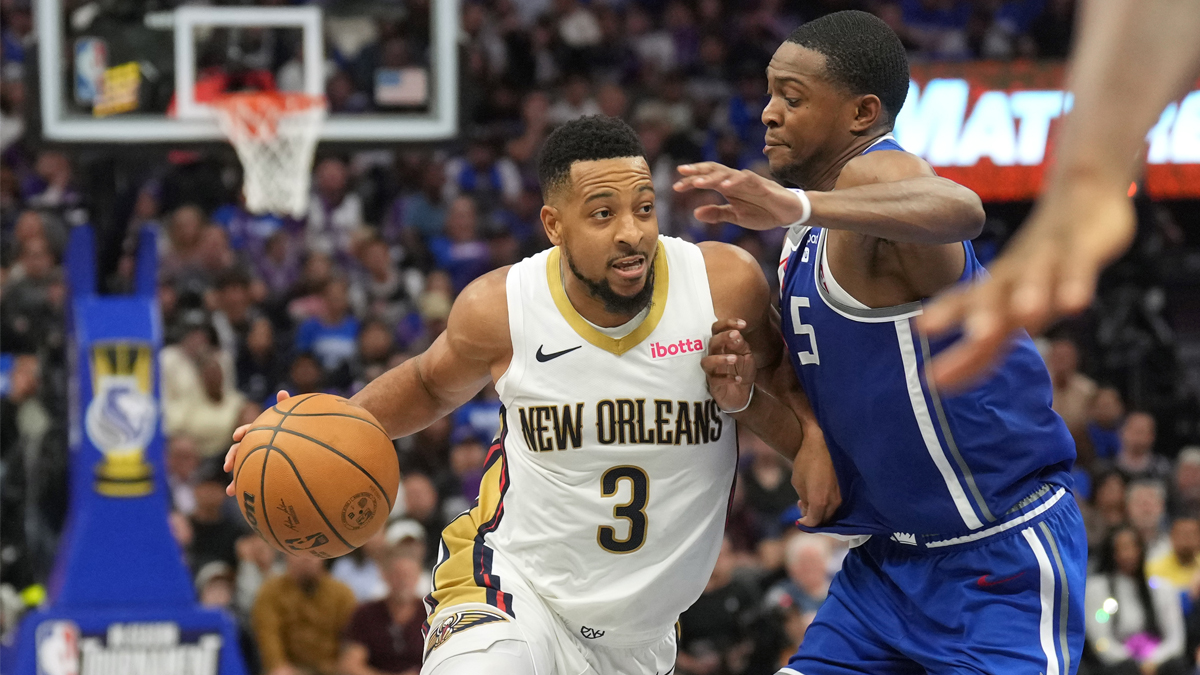Though Andre Drummond turned 28 years old last month, it seems like he’s been in the NBA across many distinct eras.
A one-and-done player at UConn, Drummond entered the league in 2012 and, until the final few weeks of his rookie year, came off the bench for the 29-win Pistons. That’s the last season he served as a backup center. He’ll return to that role with the Sixers, coming in behind Joel Embiid.
In summing up Drummond’s game, there are a few obvious points to make. He’s still a prolific rebounder (16.0 rebounds per 36 minutes last season), still a shaky foul shooter (60 percent during the 2020-21 campaign, the second-highest mark of his career) and still not aligned with the modern NBA’s values of outside shooting and versatility.
Stay in the game with the latest updates on your beloved Philadelphia sports teams! Sign up here for our All Access Daily newsletter.
But what else is worth considering about Drummond’s fit in Philadelphia? You’re welcome to watch the video above and return here for a bit more on that question.
Once there’s less murkiness surrounding the Ben Simmons situation, we’ll have a better sense of who Drummond will often play alongside. Simmons and Drummond is not an intuitive duo, especially after a season in which opponents outscored the Sixers by 10.4 points per 100 possessions when Simmons and Dwight Howard shared the floor, according to Cleaning the Glass. Georges Niang’s shooting figures to be helpful next to Drummond, who has 15 NBA three-point makes.
Perimeter shot creation, active cutting and dribble handoff comfortability would be assets in lineups with Drummond, too. He can find open teammates as a passer from the high and low post, but he’s best when he’s not holding the ball and trying to conjure something special. In all likelihood, Sixers head coach Doc Rivers would prefer Drummond cut down on his turnovers than regularly seek the perfect, thread-the-needle assist or nifty drive.
In his introductory press conference last month, Drummond had a sense for how Rivers will use him.
NBA
“Anybody that knows Doc, you know the way that he plays,” Drummond said. “He plays through his bigs to get his guards open — a lot of dribble handoffs; pick-and-rolls; down screens to get his shooters open. That’s something I’m very good at, is screening.
“Defensively, I think it will be very fun for me to be active on the pick-and-rolls to get steals on the pocket passes, be able to be aggressive and to trap the ball more — and even to drop back, be in a drop for the team, too, and rim protect. It’s a no-brainer to be on this team and I’m excited to do it.”
The defensive part of that equation is interesting. Drummond might be burned on a switch or look lumbering on an attempted blitz, but he forces turnovers, averaging 1.6 steals and 1.8 blocks per 36 minutes over his nine professional seasons.
If he ends up playing an important postseason role for the Sixers, he’ll need to prioritize solidity over hunting steals and blocks. It’s always nice to have players who disrupt plays and start fast breaks, though, and Drummond is better at that than the usual center.
One area where Drummond has been decisively below par is offensive efficiency. Since the 2014-15 season, he’s been under league average in points per shot attempt, per Cleaning the Glass. That adds up, given his weakness as a free throw shooter and highly infrequent three-point shooting.
Drummond also hasn’t shot well from inside of the arc. Many of the push, flip and touch shots he takes from outside of layup range don’t appear natural. On short mid-range attempts, he was 69 for 170 (40.6 percent) last year.
As is the case with the Sixers as a whole, Drummond will be judged most by his playoff performance as he takes on his first consistent backup minutes since he was a teenager.


